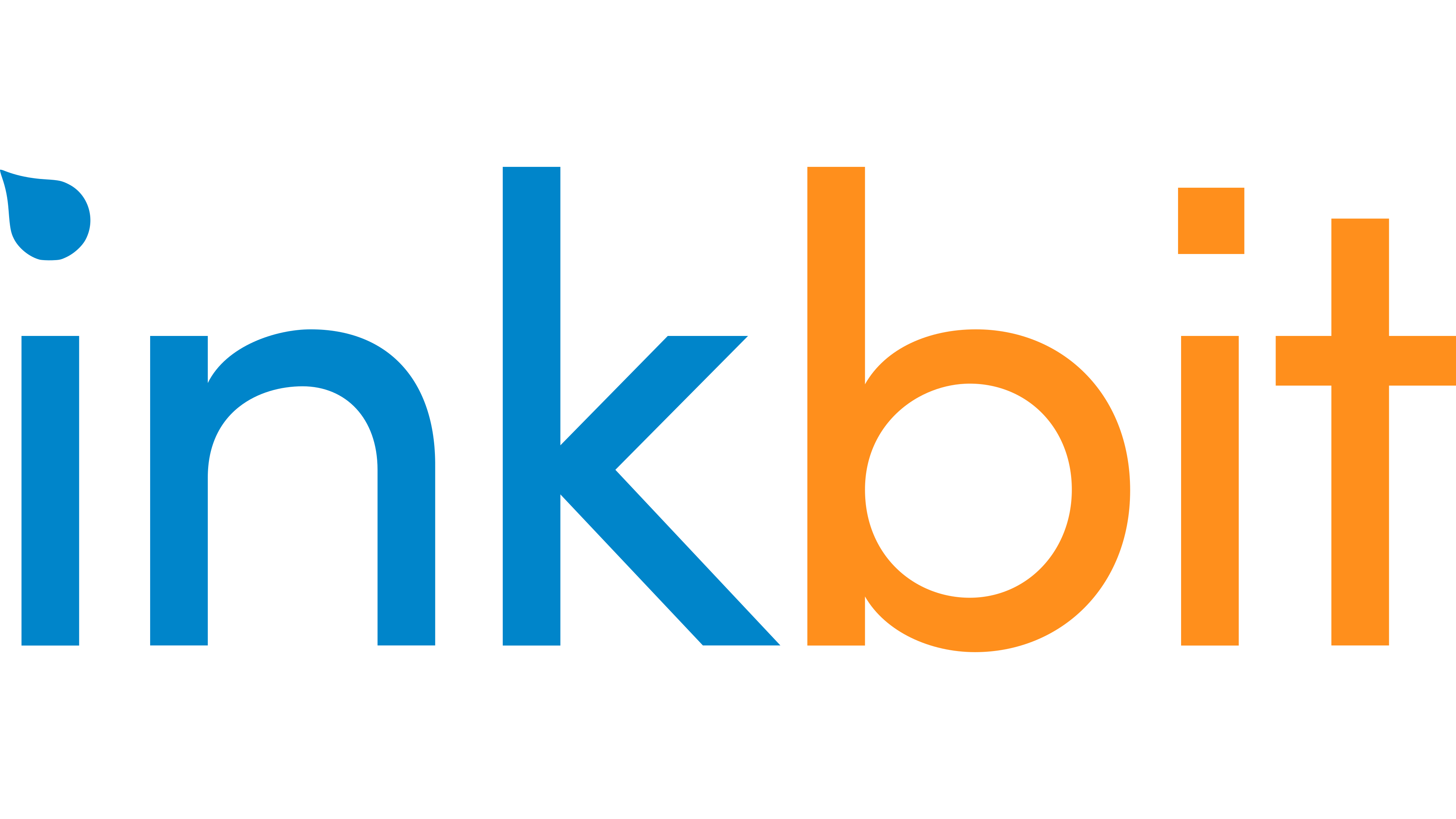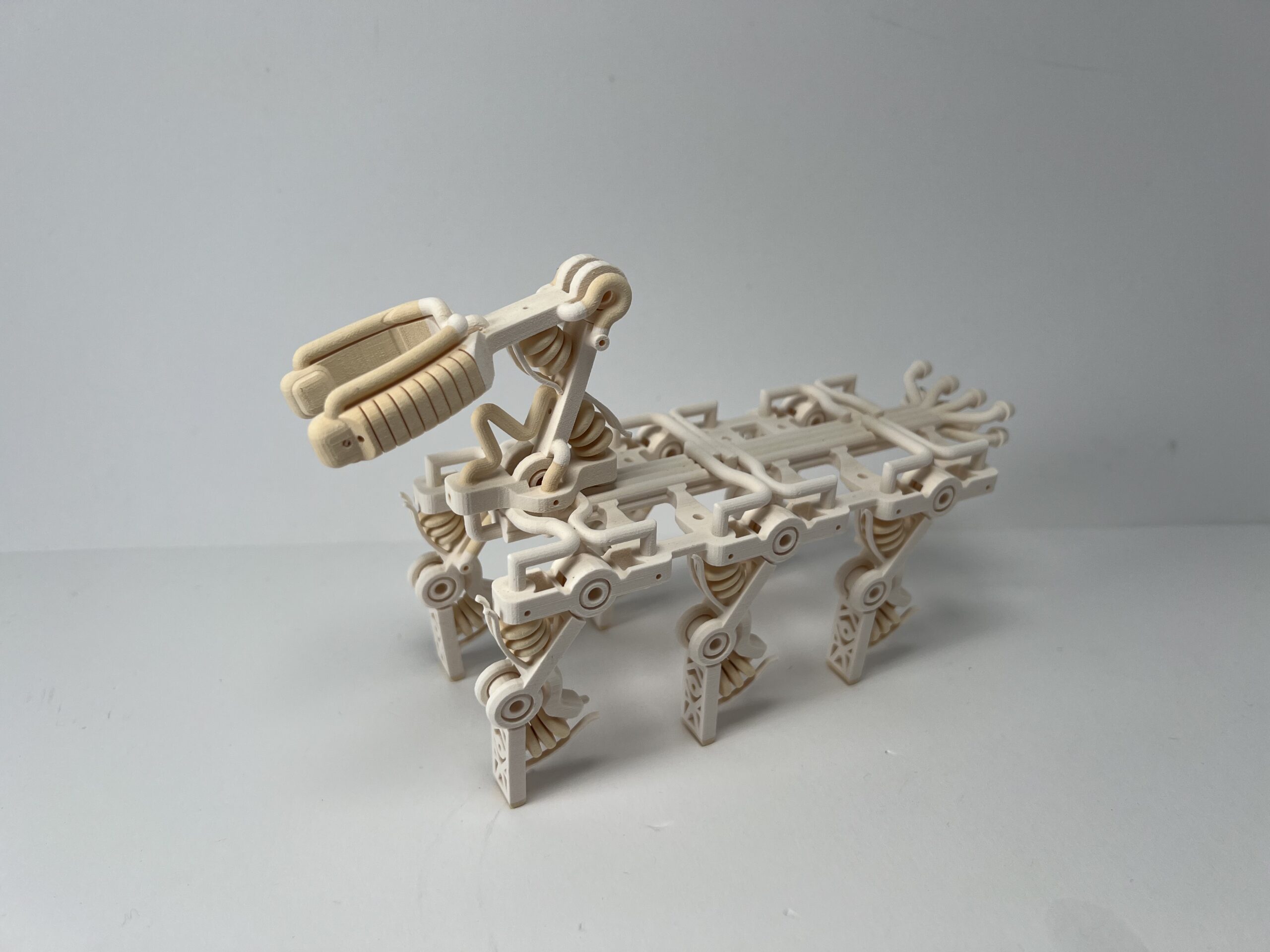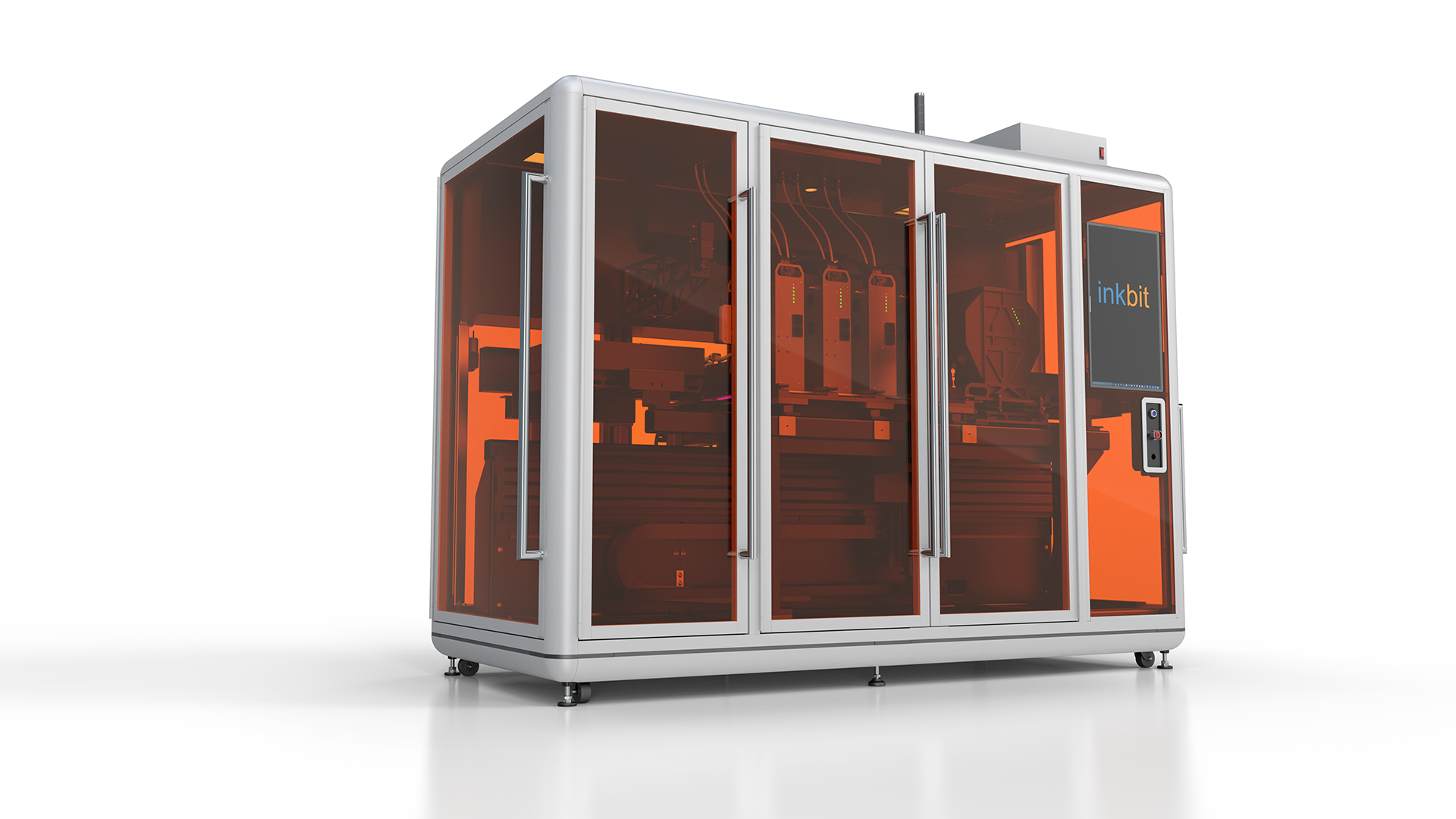
Inkbit’s Vision-Controlled Jetting (VCJ) technology, a standout in the field of additive manufacturing, represents a remarkable step forward in the capability to produce multi-material systems with integrated sensing and actuation. One of the key distinctions of VCJ technology is its elimination of the need for mechanical planarization, a common constraint in traditional 3D printing. This advancement allows for greater freedom in material selection and complex design creation. The contactless, continuous curing process of VCJ enables the use of a wide range of materials with varying elastic properties, from very soft to extremely rigid, broadening the scope of possible creations.
The practical applications of VCJ are as diverse as they are groundbreaking. The technology has been instrumental in developing prototypes that merge soft and rigid elements within a single cohesive system. Notable examples include a tendon-driven hand based on MRI data, a pneumatically-actuated walking robot, a pump resembling the human heart, and innovative metamaterial structures. These prototypes highlight VCJ’s unique ability to mimic the complex structures and functionalities of natural organisms and create objects that are both resilient and flexible, overcoming a notable challenge in the realm of synthetic systems.

The high-speed 3D vision system at the core of VCJ technology is crucial for its operation. This system captures print geometries in real-time, allowing for on-the-fly adjustments during the printing process. This feature not only ensures precision and consistency in the final products but also significantly enhances VCJ’s efficiency, with a throughput rate much higher than traditional 3D printing methods.

VCJ’s potential applications span a wide range of fields. From creating responsive robots capable of moving through complex environments to manufacturing precise biomedical devices, the technology is set to make a profound impact. In the realm of prosthetics and wearable technology, VCJ’s ability to create devices that closely mimic human tissue movement and flexibility is particularly promising. The integration of sensing and actuation mechanisms within printed structures opens up new possibilities in bioengineering, especially in the creation of artificial organs and tissues that require complex, functional designs.

Inkbit’s ongoing commitment to research and development ensures that VCJ technology continues to evolve, enhancing its capabilities and expanding its range of applications. This transformative technology is poised to continue broadening the horizons of additive manufacturing, offering innovative solutions in design and functionality.

The introduction of VCJ technology by Inkbit marks a significant advancement in additive manufacturing. It enables the production of complex, multi-material structures with functionalities that were previously unattainable. As the technology evolves, it is paving the way for a future where natural and engineered systems are seamlessly integrated. The environmental and industry-specific applications of VCJ are extensive, providing sustainable solutions and more efficient manufacturing processes across a variety of sectors. While integrating VCJ into existing production lines poses challenges, the opportunities and potential for creating sophisticated, high-performance products offer a competitive edge in numerous industries. VCJ stands as a testament to the ongoing innovation in manufacturing, pushing the boundaries of what is possible in material science and engineering.
Davide Marini, Co-Founder and CEO of Inkbit, will be participating at the upcoming Additive Manufacturing Strategies business summit in New York, February 6 to 8, 2024. Marini will be speaking on Panel 2: AM Polymer Series Production.
Subscribe to Our Email Newsletter
Stay up-to-date on all the latest news from the 3D printing industry and receive information and offers from third party vendors.
You May Also Like
3D Printing Unpeeled: Orbex Investment, IndoMIM and HP, Ultrasonic Waves
INDO-MIM has bought three HP Metal Jet S100 printers, operating two in India and one in Texas. This is a win for HP because the company has deep experience in...
3D Printing News Briefs, April 3, 2024: Kickstarter FDM 3D Printer, Artificial Eyes, & More
In 3D Printing News Briefs today, we’re talking about an FDM 3D printer on Kickstarter, advancements in artificial eye creation, and 3D printed solenoids for electromagnets. Then we’ll move on...
Firestorm Gets $12.5M from Lockheed and Others to Automate Drone Production with 3D Printing
Firestorm Labs is advancing an initiative that has been a topic of discussion on our site for a while: automating drone swarm production. Drones are increasingly altering the landscape of...
3D Printing Leaders Team with Rivelin for Robotic Metals Post-processing
UK-based Rivelin Robotics is working on creating a manufacturing cell to automate the post-processing of metal 3D printed parts. If successful, this approach could reduce the costs of metal 3D...






























